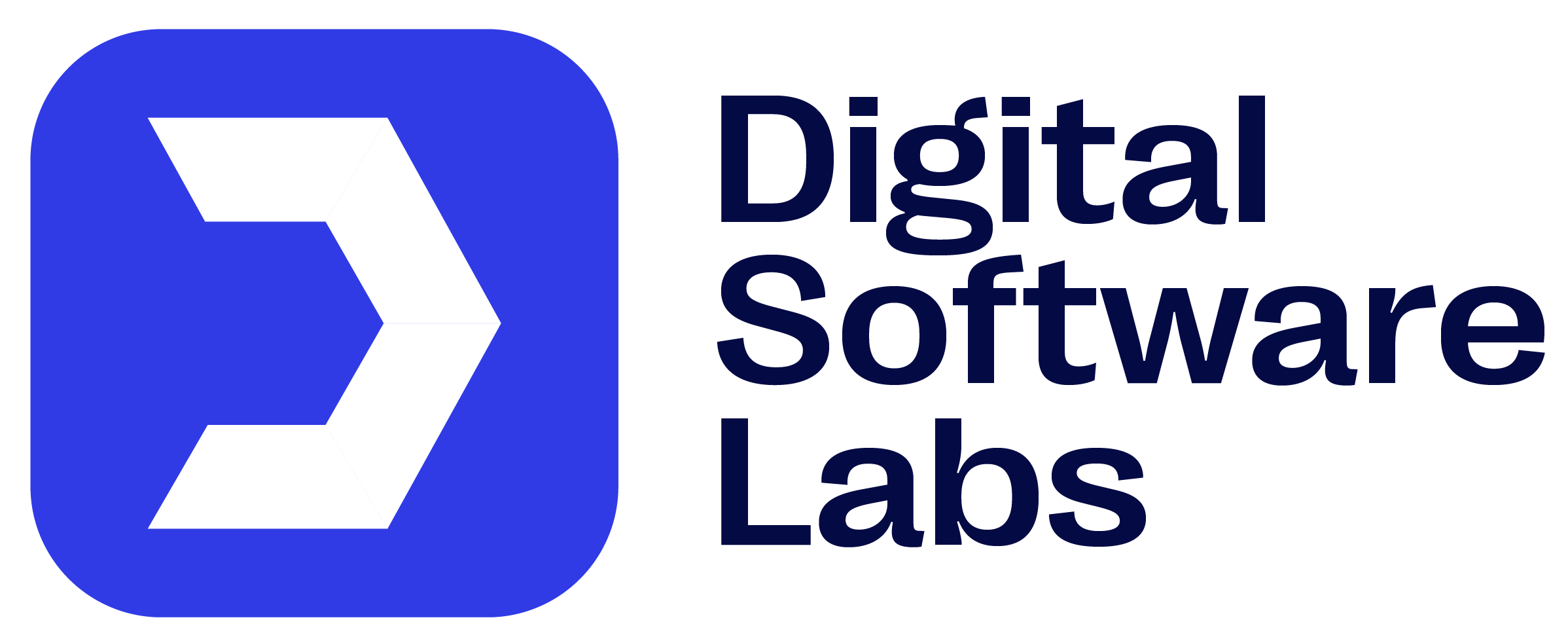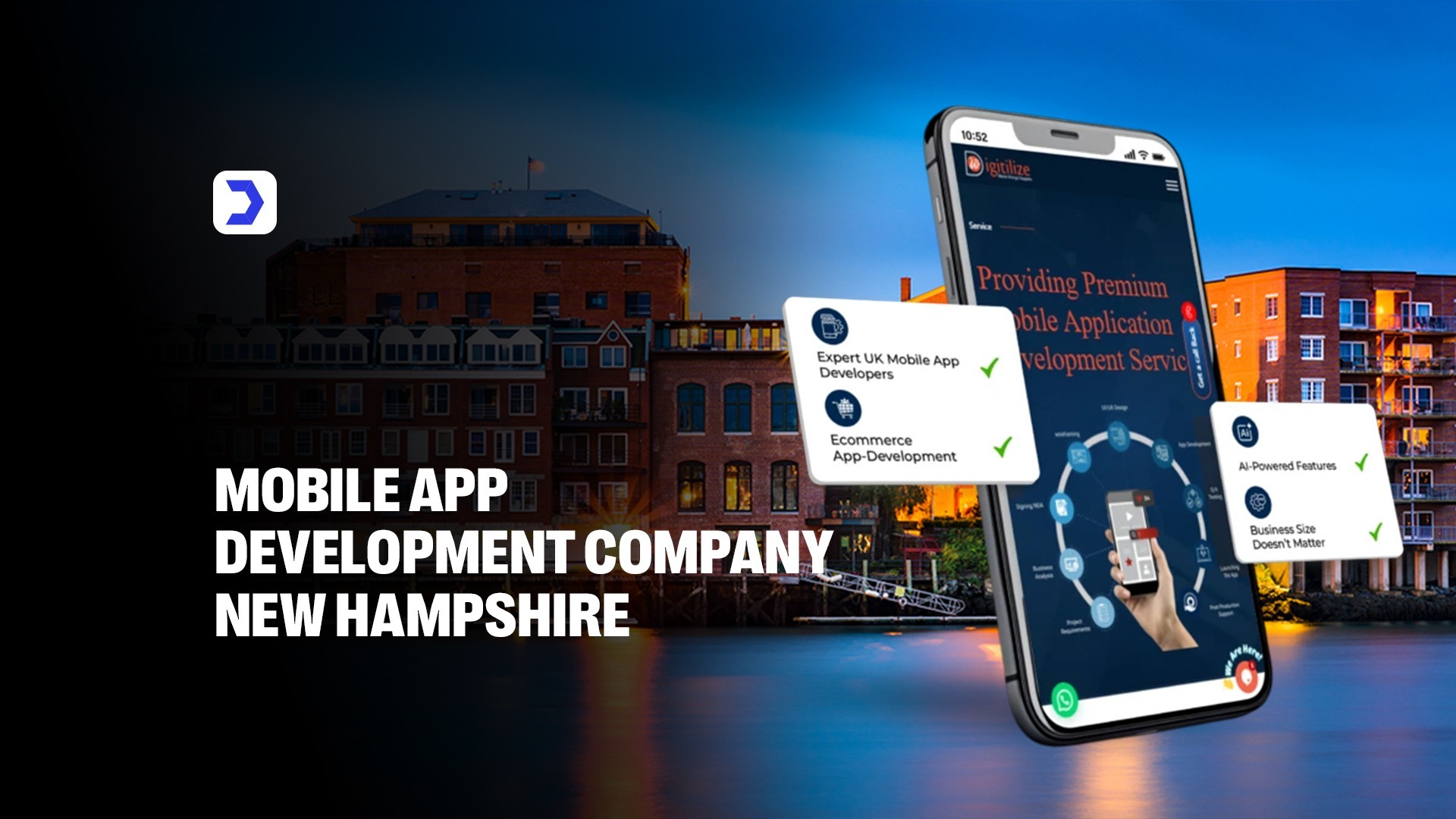Software as a Service (SaaS) has transformed the software market by providing consumers and enterprises with scalable, affordable, readily available solutions. This thorough manual covers the key steps to creating a successful SaaS service, examines different SaaS applications, discusses the advantages of SaaS application development, and answers frequently asked concerns about this cutting edge standard model.
Benefits of SaaS development
SaaS development provides businesses with a scalable, accessible, and cost-effective software solution. Unlike traditional methods, SaaS application services offer seamless remote access without the need for expensive infrastructure. One of the key benefits of SaaS is scalability, which allows companies to adjust resources according to demand dynamically. This flexibility ensures that businesses can remain agile and responsive to changing market conditions. Furthermore, SaaS applications come with automatic updates, enabling users to access the latest features without manual installations.
SaaS also promotes efficiency through tool integration, improving workflow, and reducing complexity. As businesses strive to reduce costs, increase productivity, and streamline operations, SaaS proves to be the ideal solution for modern digital environments.
At Digital Software Labs, the team enhances these advantages by offering specialized SaaS solutions tailored to meet business needs. Their expertise in web design and development ensures seamless integration with existing systems, streamlining operations, and cutting costs. With their support, businesses can easily implement SaaS applications, improving workflow, cutting expenses, and boosting productivity.
Types of SaaS applications
SaaS applications cover a wide range of sectors and features:
Customer relationship management (CRM): Salesforce and other tools help businesses manage data analytics, sales procedures, and customer interactions.
Enterprise Resource Planning (ERP): Programs combine several business operations, such as supply chain management, finance, and human resources.
Human Resources Management (HRM): HRM helps with payroll, performance reviews, hiring, and employee data management.
Project management: Project management makes assigning tasks, monitoring progress, and working as a team easier.
E-commerce: Businesses may use services to build online stores, manage merchandise, and handle payments.
How to build a SaaS product: Main steps
A quality SaaS solution needs to be constructed using a few key stages. How to create a SaaS application involves Feature selection, idea validation, monetization model selection, tech stack selection, roadmap formulation, and hiring a skilled development team for implementation are all steps in the process of creating a SaaS service.
Confirm your idea’s viability
To determine the level of demand for your suggested SaaS application, start by carrying out in depth market research. To validate your concept, choose your target audience, research your competition, and seek feedback. This procedure guarantees that your SaaS application has the potential to succeed and meets a real need.
Select features of the SaaS product
Identify the essential characteristics that will benefit your users. Concentrate on improving user experience and resolving certain issues. Sort functionalities in your SaaS application services according to user needs and viability. Before a full scale launch, think about creating a Minimum Viable Product (MVP) to test the market and make sure your SaaS application services successfully satisfy client needs.
Choose a monetization model
When developing your SaaS application, selecting the appropriate monetization model is crucial to ensure profitability. You can opt for a freemium model, pay-per-use pricing, subscription-based pricing, or scaled plans. Offering value through scalable pricing and accessible features while aligning with user needs is essential. Aligning your monetization strategy with customer expectations can maximize revenue without compromising user experience, which is a key principle followed by app developers Jacksonville FL.
Choose the Right Technology Stack
The technology stack you select is critical in ensuring the scalability, security, and performance of SaaS application development services. Choosing a stack that supports both frontend and backend development, ensures smooth data management, and facilitates scalable cloud hosting is necessary for long-term success and flexibility. Whether you’re partnering with Jacksonville IT companies or hiring app developers Jacksonville FL, the right tech stack will enable your business to adapt and scale effectively.
Create a Product Roadmap
A well-defined product roadmap is essential for the scalability and performance of SaaS application services. The roadmap should include scalable cloud hosting, efficient data management, and robust front-end and back-end frameworks. By focusing on a clear and strategic path, businesses can ensure their SaaS solutions remain adaptable to future changes, a practice that many successful IT companies Jacksonville implement to ensure project success.
Choose the Right SaaS Product Development Team
Developing a high-performance SaaS application requires a skilled team, including project managers, app developers Jacksonville FL, UI/UX designers, QA testers, and marketing experts. Their collaboration ensures user engagement, performance optimization, and smooth development. Working with trusted software development companies like Digital Software Labs can greatly enhance the quality and speed of your SaaS product, ensuring it meets business goals efficiently.
Build your SaaS product
The right time to begin creating your SaaS product is now. While incorporating necessary features, pay close attention to scalability, security, and user experience. Planning, development, testing, and deployment should come first in order to produce a solid, effective solution that satisfies consumer demands and ensures long term success.
Benefits of Building SaaS Applications
Developmental flexibility
One major benefit of SaaS application development is the ability to make rapid changes and updates without user disruption. Developers can adjust features, scale functionality, and deploy updates instantly. This flexibility supports agile workflows and improves time-to-market, making SaaS application services ideal for businesses prioritizing continuous innovation.
Regular revenue
SaaS application models run on recurring subscriptions, ensuring predictable and steady income for providers. Unlike one-time purchase models, this approach allows for better forecasting, improved cash flow, and reinvestment into growth. The subscription-based nature of SaaS application development solutions offers a sustainable business model across industries.
Greater number of prospective clients
SaaS based application development opens the door to a global audience. Clients only need an internet connection to access services, removing traditional installation barriers. This accessibility enables companies to serve diverse markets, grow faster, and tailor SaaS application services to meet regional or industry-specific client needs.
Increasing the value for clients
SaaS application development allows for ongoing feature releases and user experience improvements, helping businesses increase client satisfaction. By offering integrations, automation, and personalized dashboards, SaaS application development services ensure users get more value over time, resulting in higher retention and more competitive service offerings.
Conclusion
SaaS application development is a revolutionary approach that offers businesses accessible, affordable, and scalable solutions. SaaS application services are still at the top of the software market because of their use of cloud technology, automated upgrades, and adjustable price structures. A successful launch is guaranteed when you follow a systematic development approach, regardless of whether you’re creating a communication platform, CRM, ERP, or project management application. Every stage is essential to producing a high performing SaaS product, from idea validation to selecting the best technology stack and putting together a talented development team. Expert advice in SaaS development is provided by Digital Software Labs, providing smooth implementation, scalability, and sustained expansion. Businesses may develop SaaS solutions that boost user experience, increase productivity, and promote long term success in the digital sphere by implementing best practices and utilizing the appropriate technologies.
SaaS applications are cloud based and provide remote access, automated updates, and scalability, whereas traditional software needs to be installed and maintained locally on devices. SaaS apps facilitate collaboration, save infrastructure costs, and offer smooth integration with other digital tools for increased productivity.
SaaS applications are widely used because they are affordable, scalable, and easily accessible. They offer flexible pricing structures, remove the need for manual updates, and enable enterprises to access software from any location. The SaaS application model is the perfect answer for contemporary organizations since it offers simple integration.
Google Workspace, Slack, and Salesforce are well-known examples of SaaS applications. These platforms deliver software over the internet and offer scalable solutions for businesses and individuals through subscription models.
SaaS application development is the process of creating cloud-based software that users access via the web. It includes architecture planning, feature development, deployment, and maintenance. Companies often rely on SaaS application development services to build secure, scalable, and efficient software products.




